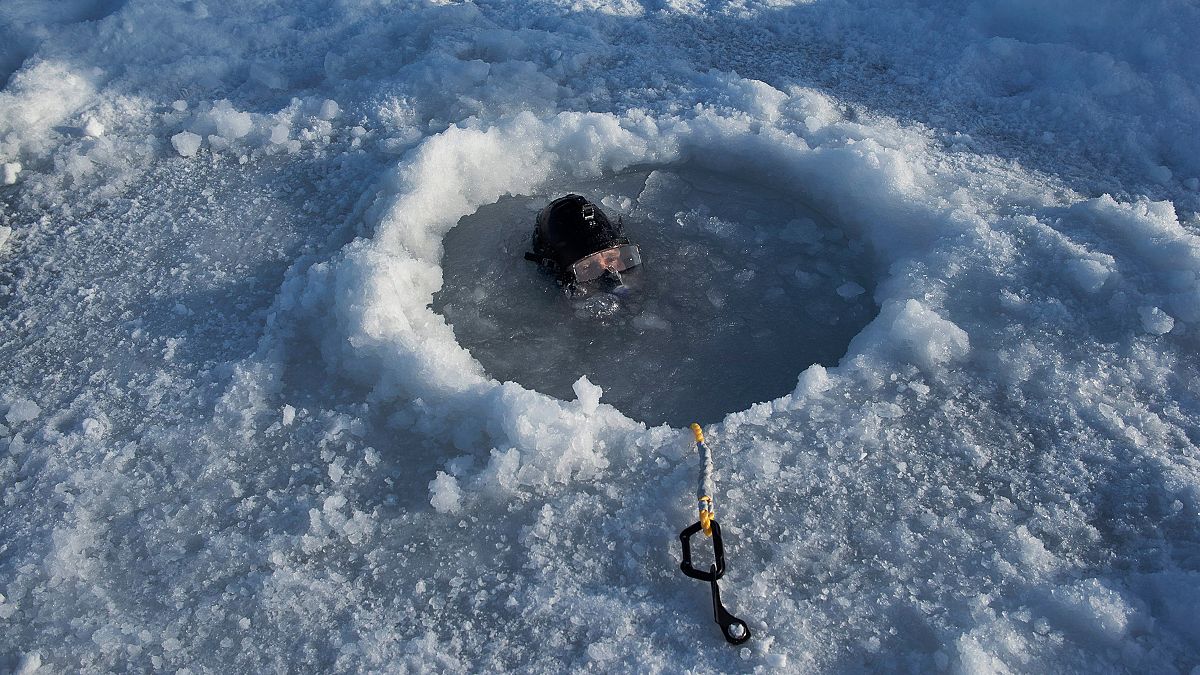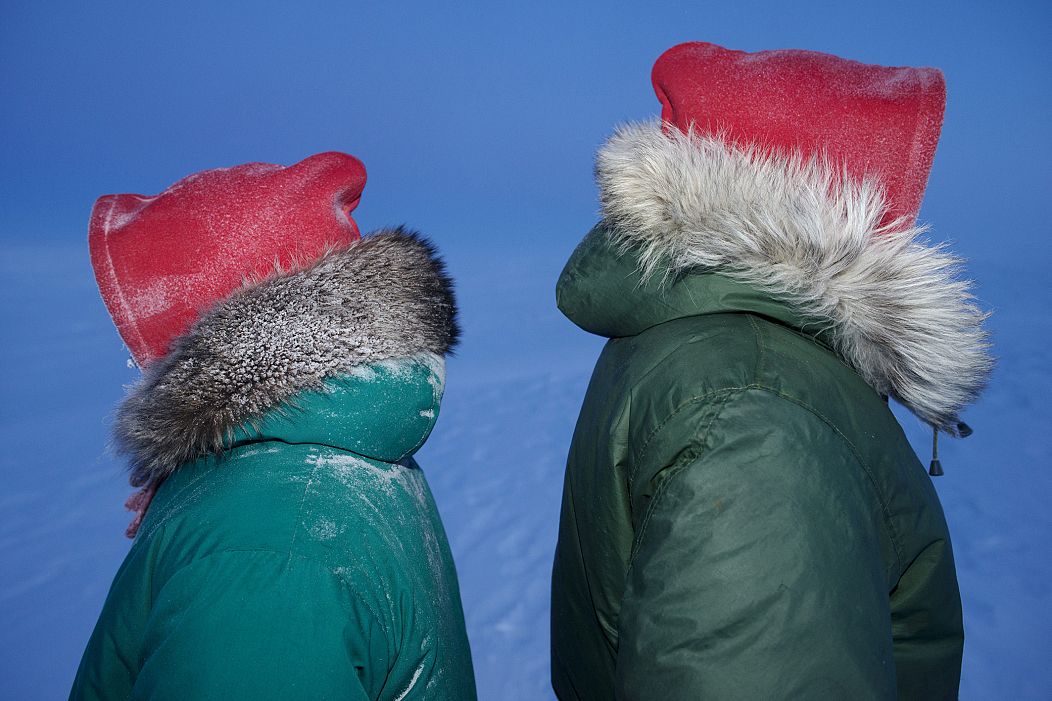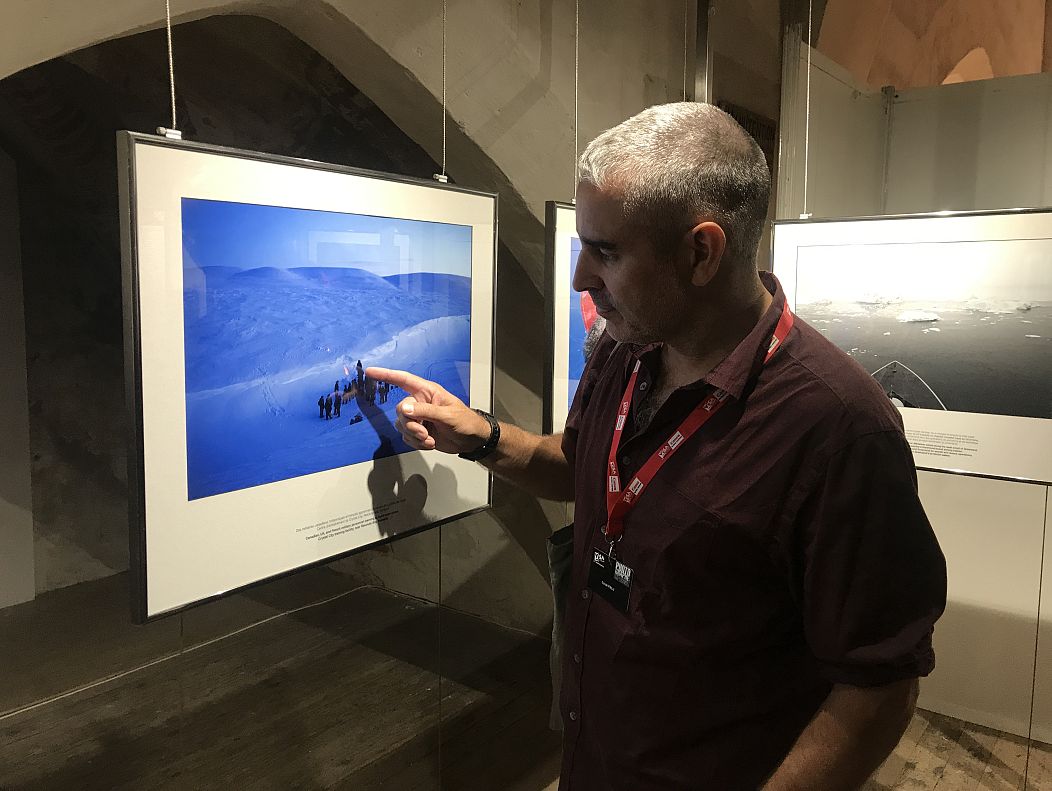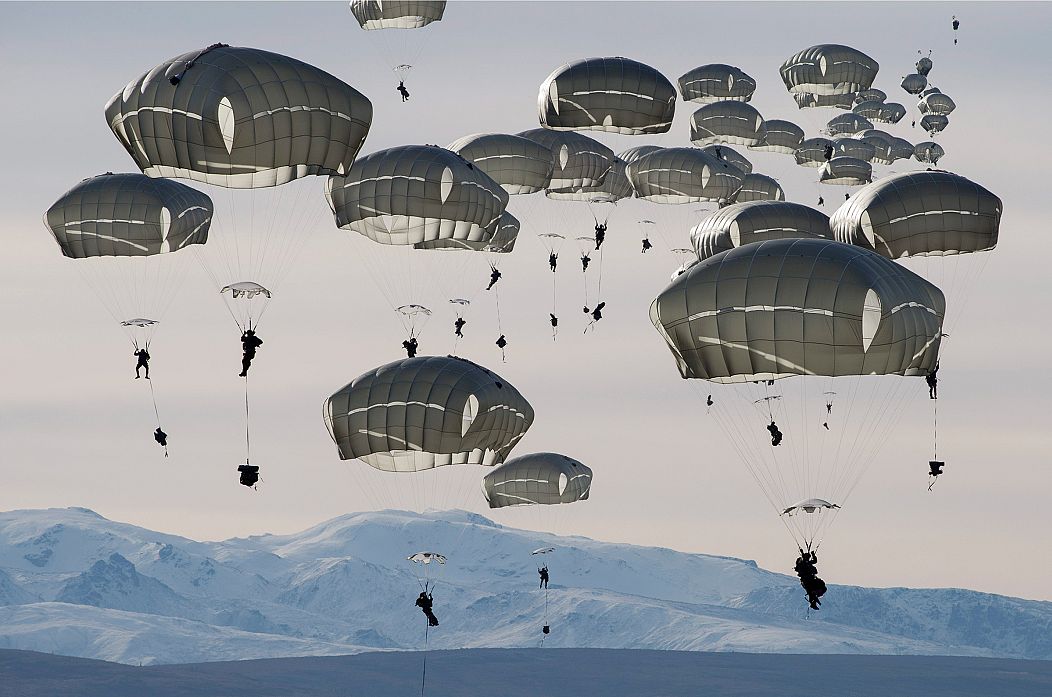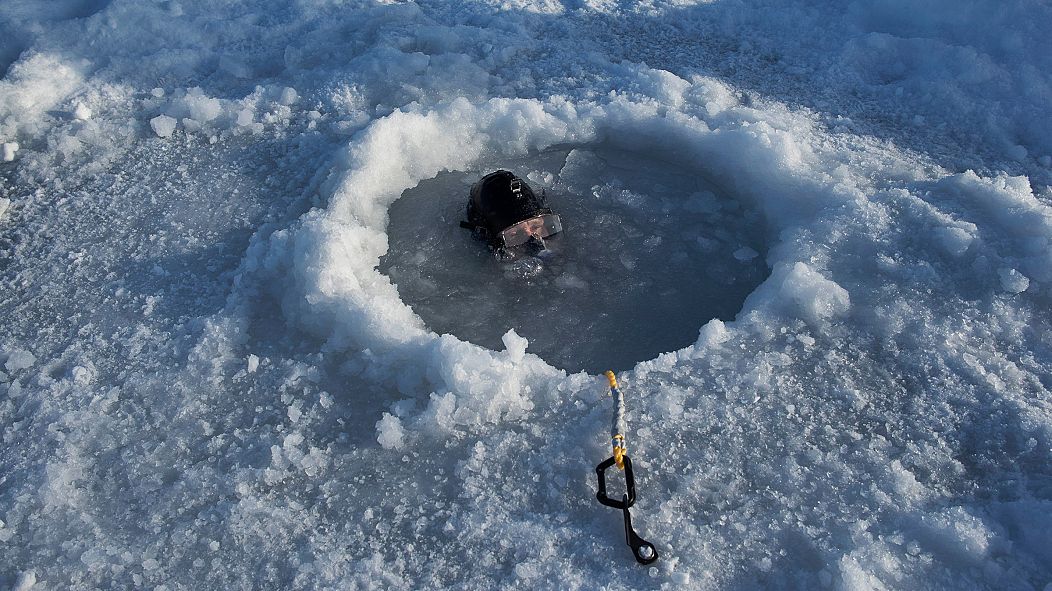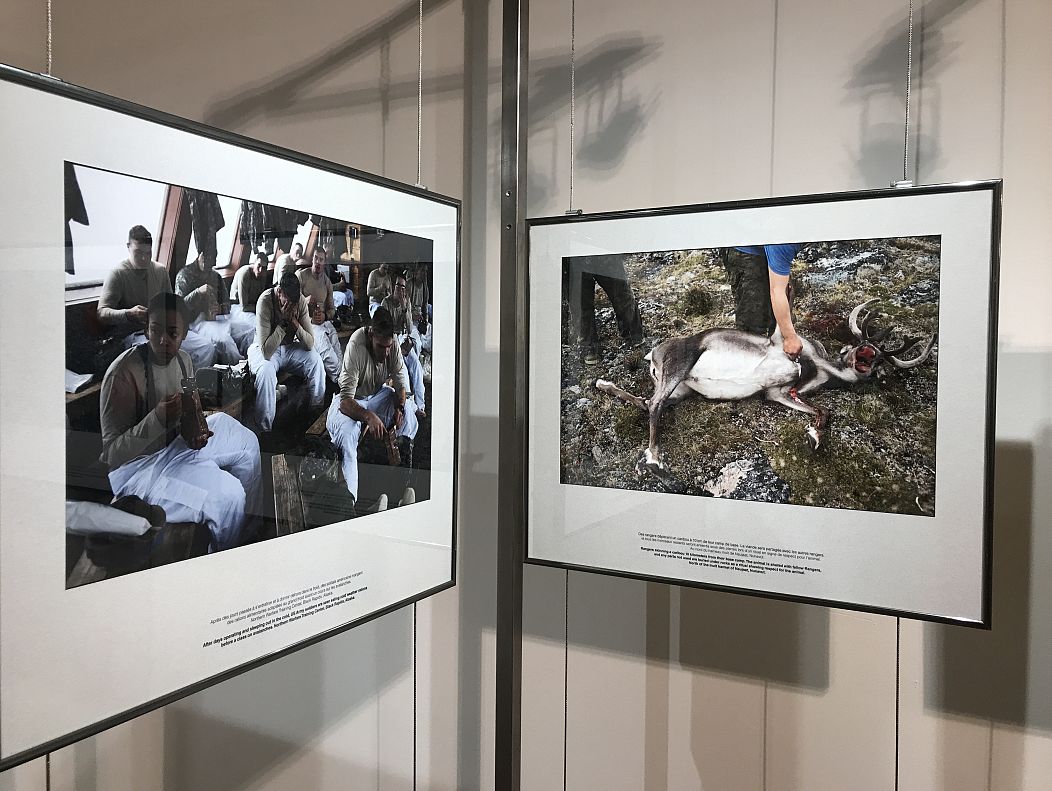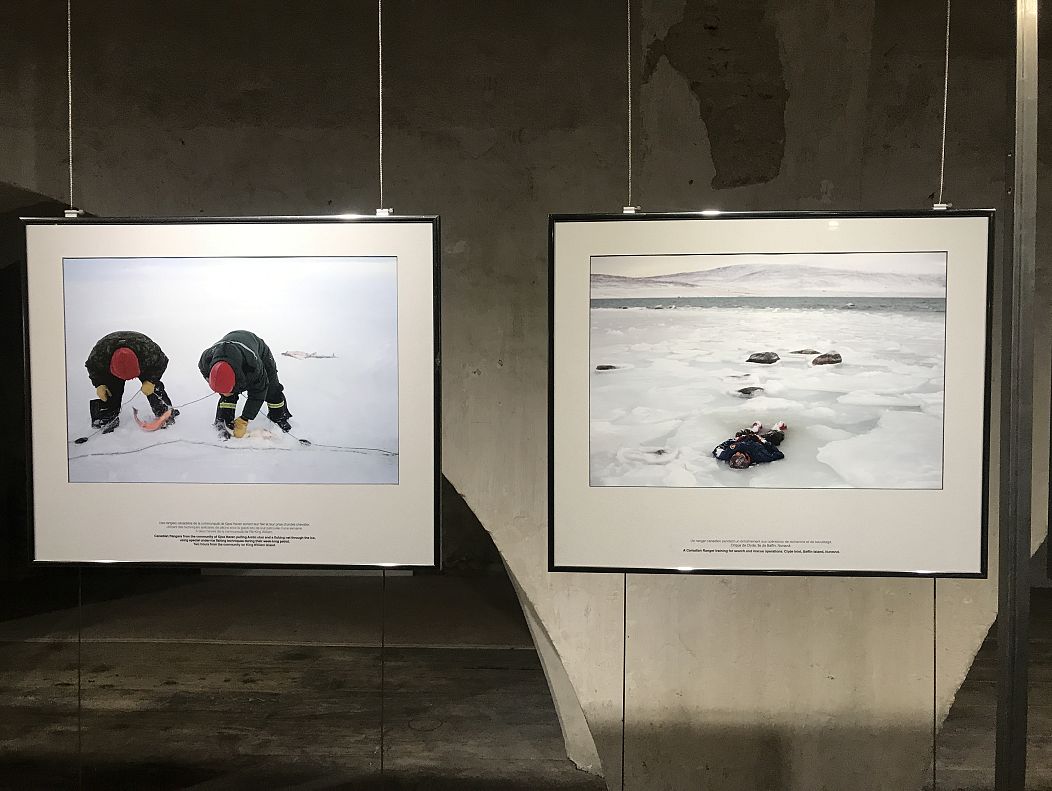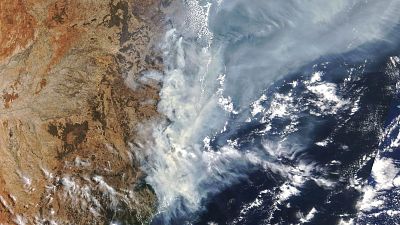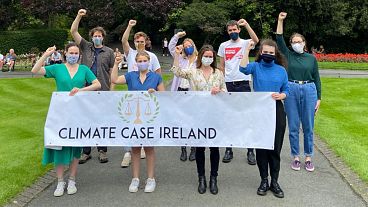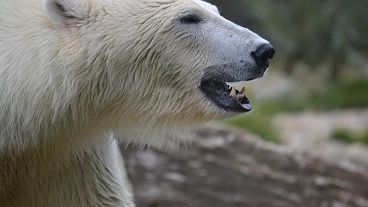Seven things to learn on the Arctic from documentary photographer Louie Palu
'It's like being on another planet. It makes you learn how strong you are as a human".
The Arctic is undergoing an unprecedented ecological transition that will have an impact far beyond the region.
A study funded by The National Science Foundation (USA) has suggested that it has warmed by 0.75 degrees Celsius in the last decade. There is a stark contrast when comparing this figure with the rest of the world, which has taken 137 years to record the same increase.
The rise in temperature has led to melting sea ice, which in turn has opened up the possibility of new shipping routes, as well as access to natural resources within the arctic which were previously out of reach.
The nations with territory in the region have been exploring the area for years, but the recent rising interest in the retreating sea ice could heighten tensions over both access and resources.
Euronews has talked about it to Louie Palu, a Canadian documentary photographer and filmmaker who has spent years in the region and taken over 150 thousand pictures.
His exhibition “Distant Early Warning” was presented last year by the Visa pour l’image photojournalism festival in France.
Palu's work in the region, supported, among others, by the Pulitzer Center, and commissioned by National Geographic, examines the gradual militarisation of the North American Arctic, from the legacies of the Cold War to the increasing military presence in the North, emerging geopolitical tensions, and changes affecting Inuit communities.
The Arctic is a hundred things
“The thing that defines the Arctic the most is that it is the place where people’s fantasies invent the narrative of what it is", Palu said, giving some examples:
"Some people imagine it to be a pure white nature environment whereas when you go to Scandinavia you can find yoga classes. It is a fully developed space, at least on land.
"An imagined possibility of a nuclear attack made people undertake a construction project in the Arctic, a radar line (Distant Early Warning Line) that extends from Alaska to Greenland and is still partially in operation over 70 years later.
"Now, people are thinking it has become accessible, so there must be oil mining, fishing and a transit root.
It's underreported
"The Arctic is underreported, because it’s very difficult to get there and hard to understand it. The activities in the Arctic are nothing new, it has been going on for decades, new are the pictures. Often it's about how we see and don't see", the photographer says.
It's a very important place
"It’s been a place where the environment has prevented a lot of activity. It’s minus 60, why would anyone want to go and live there? A lot of experts are employed by the government...scientists, geologists, policy makers. They believe the Arctic is a very important place, you can see that the activity that is going on up there is very serious."
A lot of resources are being put into the Arctic
“Governments are putting so many resources into the Arctic to turn it into something that is going to be theirs, whether it is to protect the environment or to exploit natural resources. Russia has built incredible infrastructure across the Arctic over many decades. The North American Arctic is much less developed.
'It's like another planet'
"If you are seriously injured you can die, you can’t get to hospital. There is no hospitals. In some ways it’s like another planet. The isolation there is the most difficult part", Palu states.
"You can’t just get in the car and drive home. Every small thing that here can be fixed with no problem - it can kill you there. Once you overcome the fear you really learn how strong you are as a human. And you start learning all the things you don’t know about yourself.
Inuit, the indigenous peoples of the Arctic regions, learned how to read snow lines made by the wind. "This is how a traveller there knows how to go back to the camp. Such knowledge helped people to survive there for thousands of years."
Not an easy place for vegetarians
"You can’t really grow a garden there. The ground is permafrost. It's dark at least 2 months a year, while at other times there's daylight for 24 hours", he says.
"Most food there comes from animals. A can of beans that is maybe a dollar elsewhere is perhaps $14 there. There's very little employment. So hunting is very important. Inuit understand how animals are important to them."
The changes in the Arctic - invisible but huge
Palu says he the elderly living in the region told him about the changes they witnessed over the years.
"The Arctic is a very powerful environment, it’s been degrading for a really long time. I’ve talked to enough people who don’t know each other. Inuit, scientists, pilots, all the information I am getting shows there is a very big change happening".
